If you are flying at fl 100 in an air mass that is 10°c warmer than a standard ? [ Preparation civilian ]
Question 125-1 : +5°c +15°c 10°c 15°c
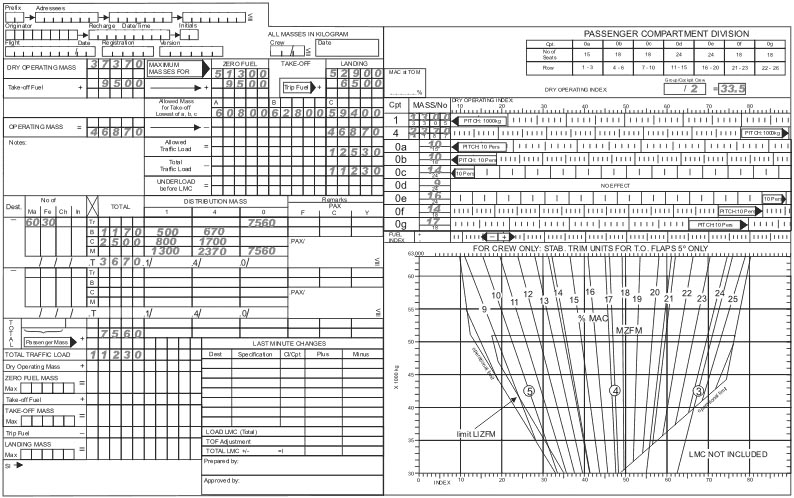 +5°c.
+5°c. If you are flying at fl 120 and the outside temperature is 2°c at what ?
Question 125-2 : Fl 110 fl 130 fl 150 fl 90
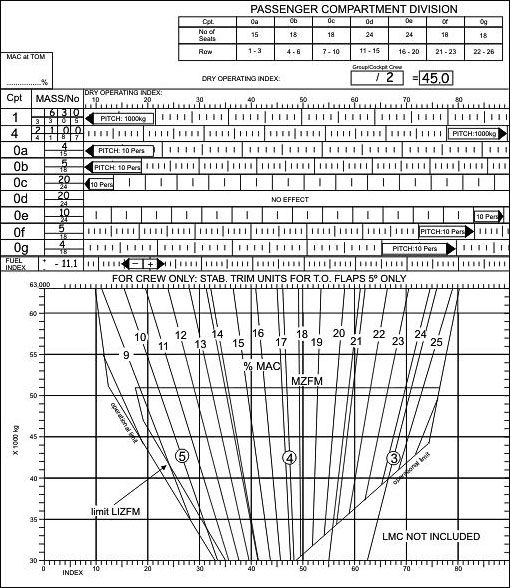 Fl 110.
Fl 110. An aircraft flying at fl 100 from marseille qnh 1012 hpa to palma de mallorca ?
Question 125-3 : The air at palma de mallorca is warmer than that at marseille the air at palma de mallorca is colder than that at marseille the altimeters are erroneous and need to be tested one of the two qnh values may be incorrect
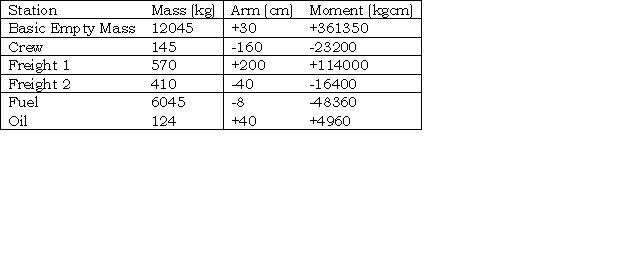 The air at palma de mallorca is warmer than that at marseille.
The air at palma de mallorca is warmer than that at marseille. During a flight over the sea at fl 100 from marseille qnh 1012 hpa to palma de ?
Question 125-4 : None the reason for the change is that the air around palma is warmer than the air around marseille have your altimeter checked because its readings are obviously wrong recheck the qnh because one of the qnh values must be wrong compensate by heading further to the left
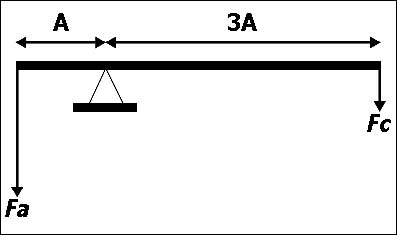 None, the reason for the change is that the air around palma is warmer than the air around marseille
None, the reason for the change is that the air around palma is warmer than the air around marseille During a flight over the sea at fl 100 from marseille qnh 1016 hpa to palma de ?
Question 125-5 : The air at marseille is warmer than that at palma de mallorca one of the qnh values must be wrong the altimeter is faulty the air at palma de mallorca is warmer than that at marseille
During a flight over the sea at fl 135 the true altitude is 13500 feet local ?
Question 125-6 : It is colder than isa its average temperature is the same as isa it is warmer than isa there is insufficient information to make any assumption
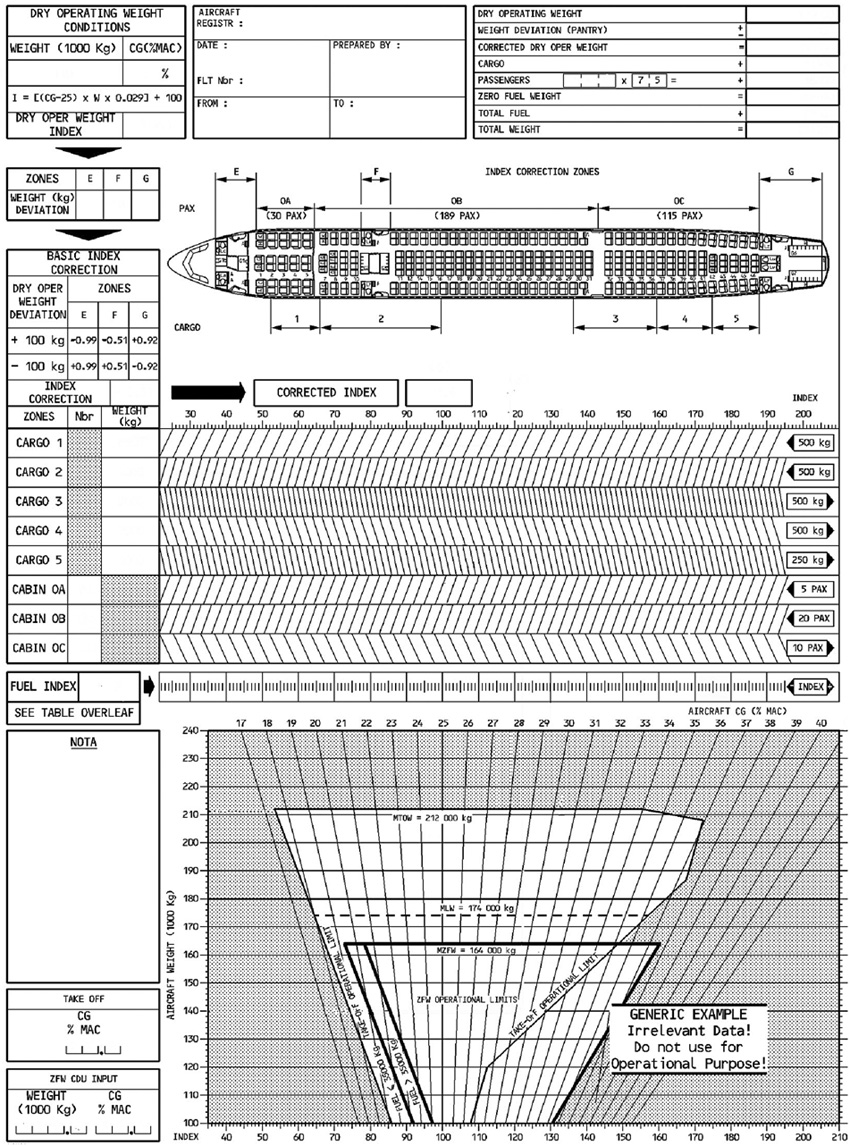 It is colder than isa.
It is colder than isa. An aircraft is flying over the sea at fl 90 the true altitude is 9100 feet ?
Question 125-7 : There is insufficient information to make any assumption it is colder than isa it is warmer than isa its average temperature is the same as isa
An aircraft is flying over the sea at fl 120 with a true altitude of 12000 feet ?
Question 125-8 : Its average temperature is the same as isa it is colder than isa it is warmer than isa there is insufficient information to come to any conclusion
 Its average temperature is the same as isa.
Its average temperature is the same as isa. An aircraft is flying over the sea at fl 100 with a true altitude of 10000 feet ?
Question 125-9 : It is warmer than isa its average temperature is about isa it is colder than isa there is insufficient information to come to any conclusion
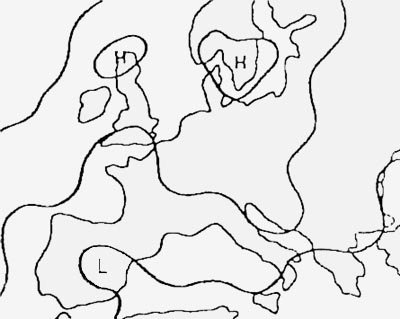 It is warmer than isa.
It is warmer than isa. Which layer of the atmosphere contains more than 90 per cent of all water vapour ?
Question 125-10 : Troposphere lower stratosphere upper stratosphere ozone layer
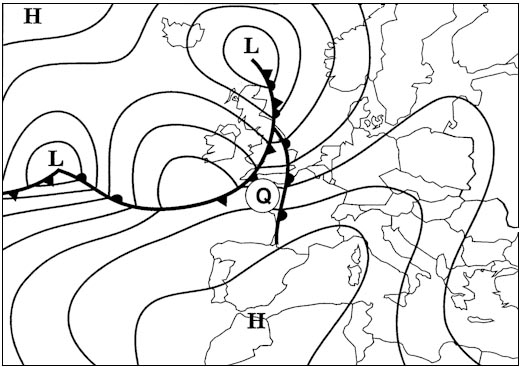 Troposphere.
Troposphere. The temperature at fl 80 is +6°c what will the temperature be at fl 130 if the ?
Question 125-11 : 4°c 6°c 0°c +2°c
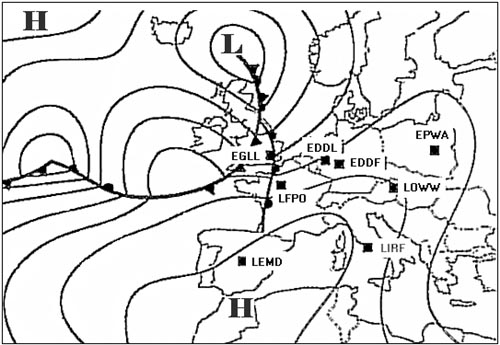 -4°c.
-4°c. The temperature at fl 110 is 5°c what will the temperature be at fl 50 if the ?
Question 125-12 : +7°c +3°c 3°c 0°c
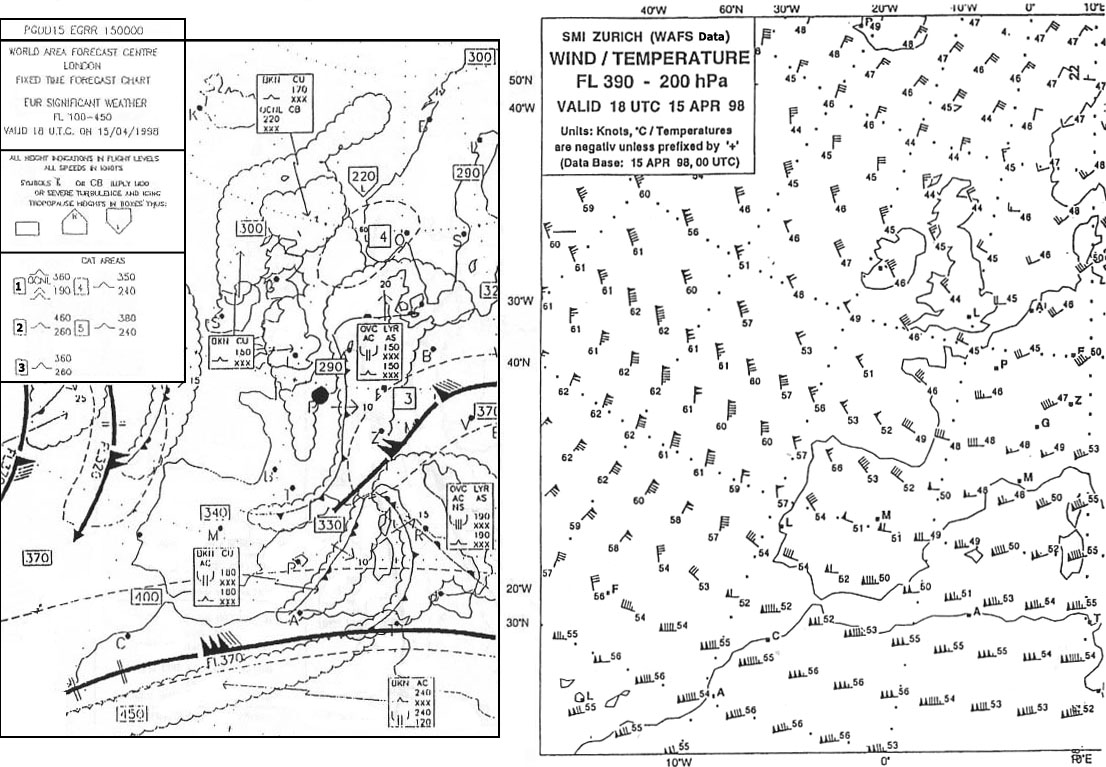 +7°c.
+7°c. The temperature at fl 160 is 22°c what will the temperature be at fl 90 if the ?
Question 125-13 : 8°c 4°c 0°c +4°c
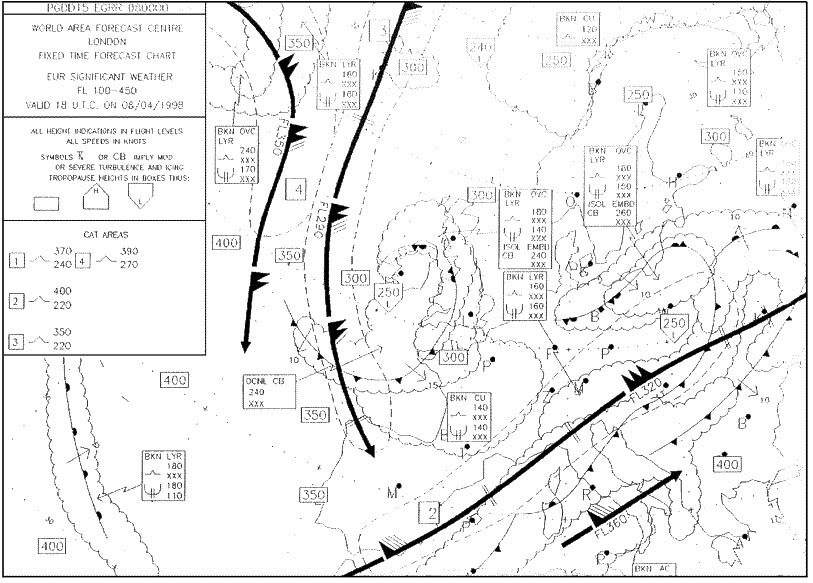 -8°c.
-8°c. A temperature of +15°c is recorded at an altitude of 500 metres above sea ?
Question 125-14 : +2°c +4°c 0°c 2°c
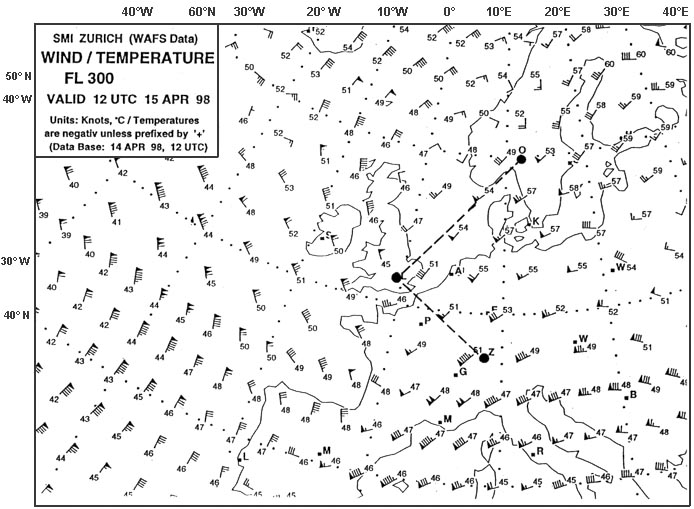 +2°c.
+2°c. How would you characterise an air temperature of 15°c at the 700 hpa level ?
Question 125-15 : Low high within +/ 5°c of isa 20°c below standard
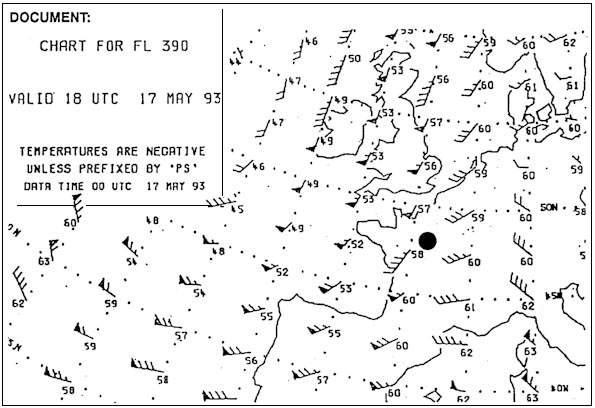 Low.
Low. An air temperature of 30°c at the 300 hpa level over central europe in summer ?
Question 125-16 : High low very low within +/ 5°c of isa
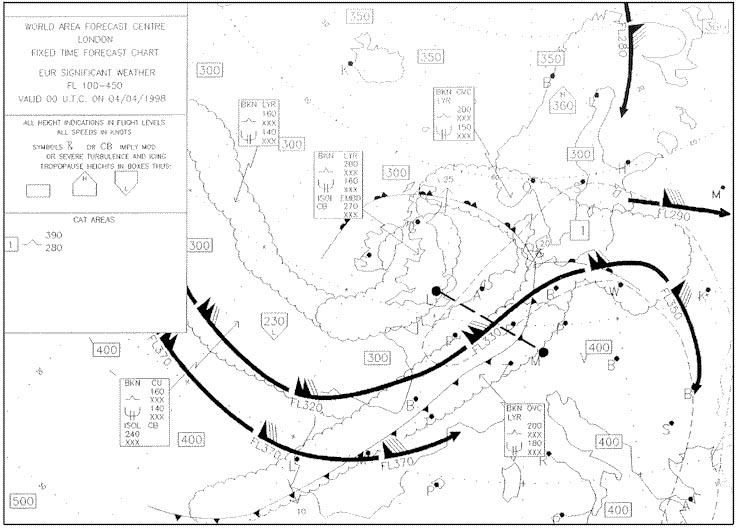 High.
High. How would you characterise an air temperature of 55°c at the 200 hpa level ?
Question 125-17 : Within +/ 5°c of isa high low very high
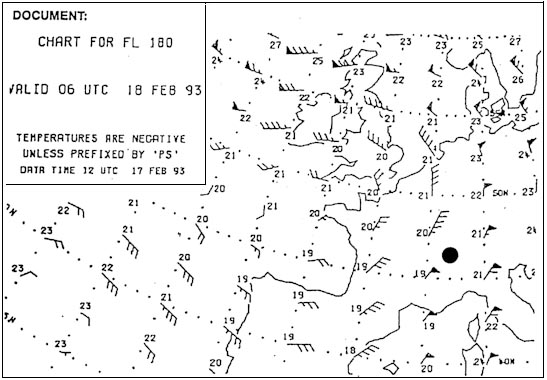 Within +/-5°c of isa.
Within +/-5°c of isa. What is the technical term for an increase in temperature with altitude ?
Question 125-18 : Inversion subsidence adiabatic advection
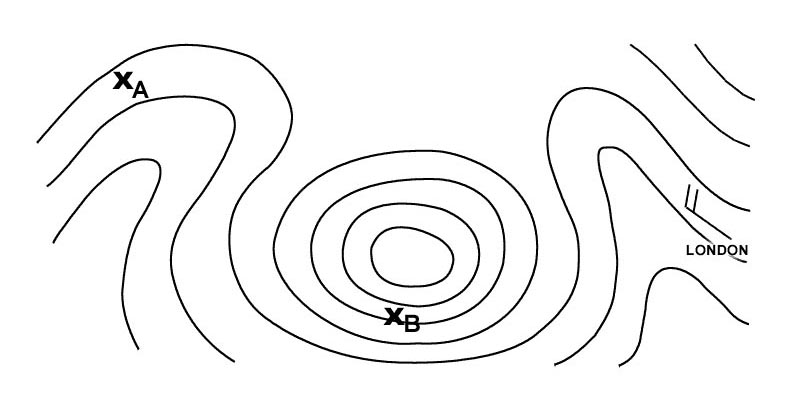 Inversion.
Inversion. The station pressure used in surface weather charts is ?
Question 125-19 : Qff qfe qnh qne
 Qff.
Qff. Which fl corresponds with the 300 hpa pressure level ?
Question 125-20 : Fl 300 fl 50 fl 100 fl 390
 Fl 300
Fl 300 Which fl corresponds with the 500 hpa pressure level ?
Question 125-21 : Fl 180 fl 390 fl 100 fl 160
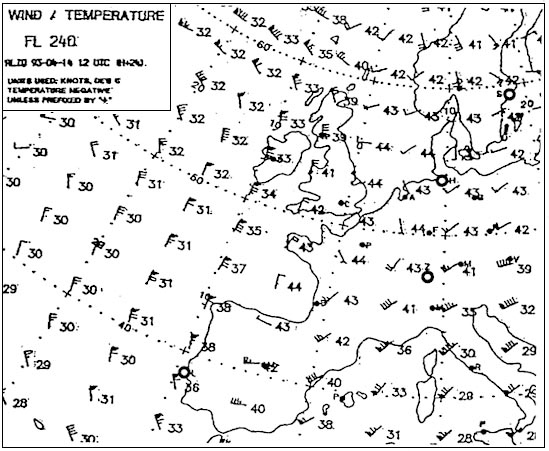 Fl 180.
Fl 180. Which fl corresponds with the 700 hpa pressure level ?
Question 125-22 : Fl 100 fl 180 fl 300 fl 390
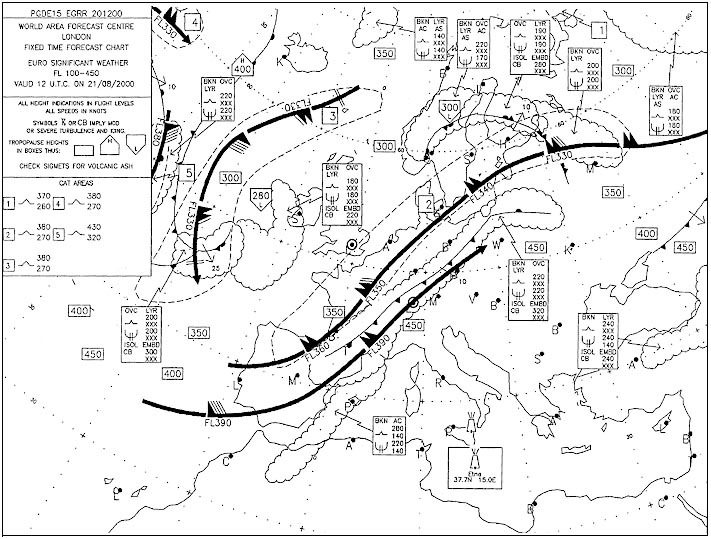 Fl 100.
Fl 100. Which fl corresponds with the 850 hpa pressure level ?
Question 125-23 : Fl 50 fl100 fl 300 fl 390
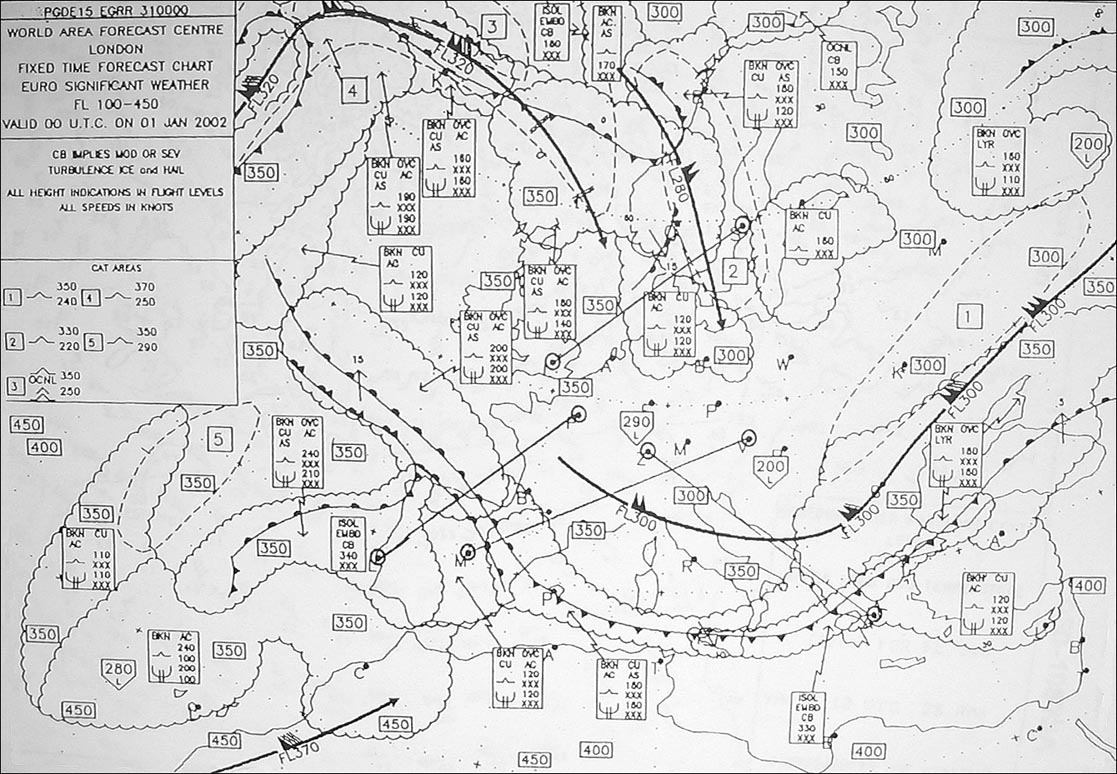 Fl 50.
Fl 50. The qff at an airfield located 400 metres above sea level is 1016 hpa the air ?
Question 125-24 : More than 1016 hpa 1016 hpa less than 1016 hpa it is not possible to give a definitive answer
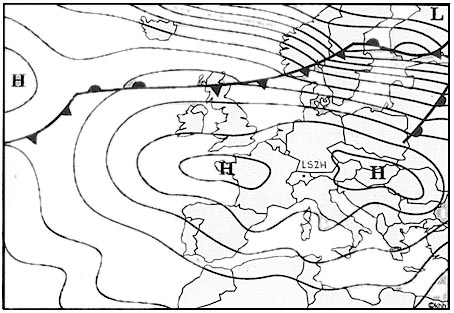 More than 1016 hpa.
More than 1016 hpa. An aircraft is descending to land under ifr if the local qnh is 1009 hpa what ?
Question 125-25 : It will decrease it will increase it will remain the same it will not be affected
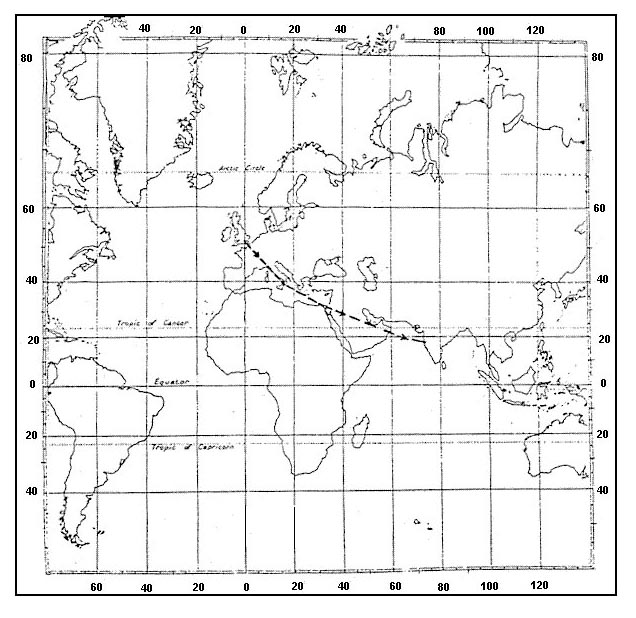 It will decrease.
It will decrease. During the climb after take off the altimeter setting is adjusted at the ?
Question 125-26 : It will decrease it will increase it will remain the same it is not possible to give a definitive answer
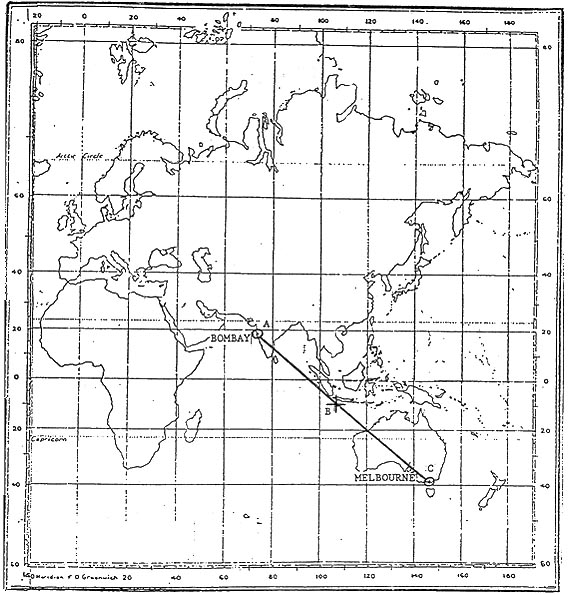 It will decrease.
It will decrease. During the climb after take off the altimeter setting is adjusted at the ?
Question 125-27 : It will increase it will decrease it will remain the same it is not possible to give a definitive answer
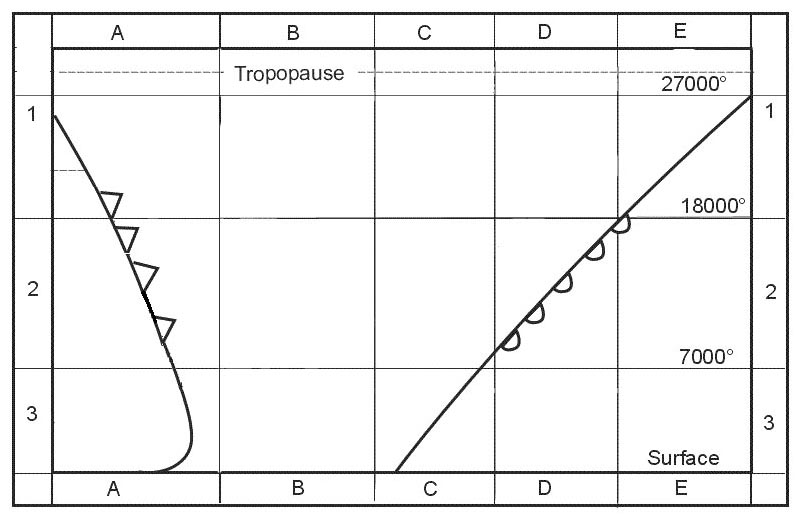 It will increase.
It will increase. An aircraft is flying from point a to point b on the upper level contour chart ?
Question 125-28 : The true altitude will be higher at a than at b the true altitude will be higher at b than at a wind speed at a is higher than at b wind speed at paris is higher than at b
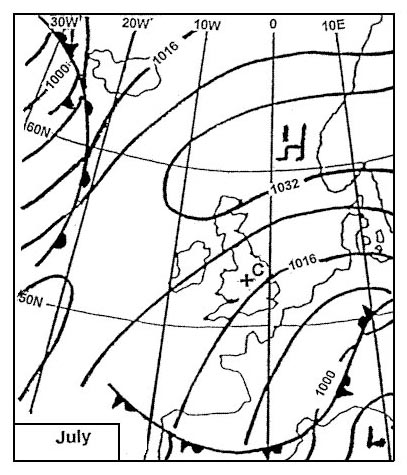 The true altitude will be higher at a than at b
The true altitude will be higher at a than at b An aircraft is flying from point a to point b on the upper level contour chart ?
Question 125-29 : The true altitude will be higher at a than at b the true altitude will be higher at b than at a wind speed at a is higher than at b wind speed at a and at b is the same
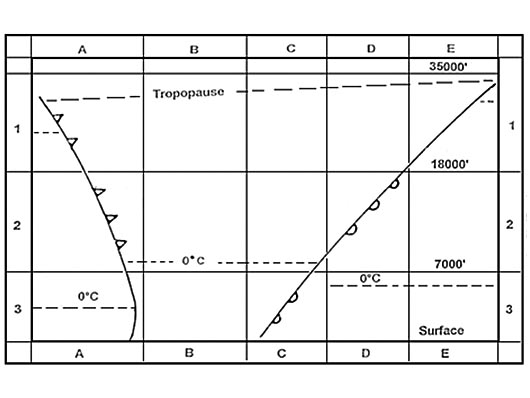 The true altitude will be higher at a than at b.
The true altitude will be higher at a than at b. An aircraft is flying from point a to point b on the upper level contour chart ?
Question 125-30 : The true altitude will be higher at b than at a the true altitude will be higher at a than at b wind speed at a and at b is the same wind speed at b is higher than at a
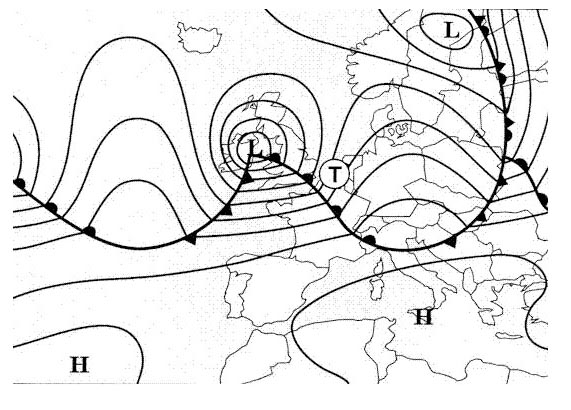 The true altitude will be higher at b than at a.
The true altitude will be higher at b than at a. You are planning to fly across a mountain range the chart recommends a minimum ?
Question 125-31 : 11520 feet 12210 feet 11250 feet 11790 feet
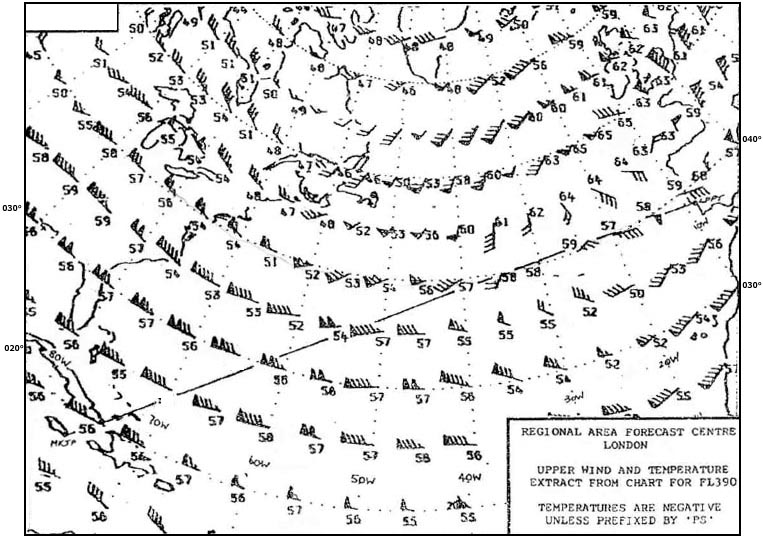 11520 feet.
11520 feet. An aircraft lands at an airport airport elevation 540 ft qnh 993 hpa with the ?
Question 125-32 : 1080 ft 700 ft 380 ft 0 ft
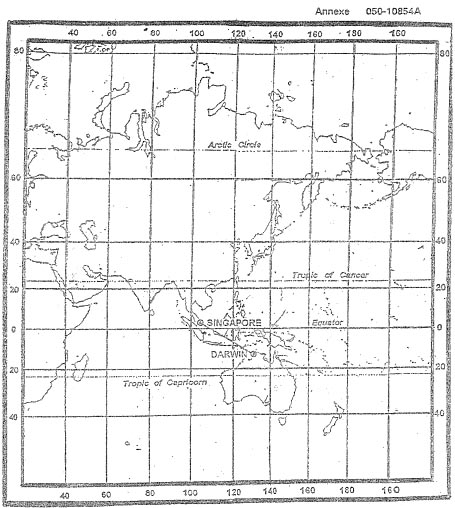 1080 ft.
1080 ft. After landing at an aerodrome qnh 993 hpa it is noticed that the altimeter is ?
Question 125-33 : 660 feet 1200 feet 1740 feet 2280 feet
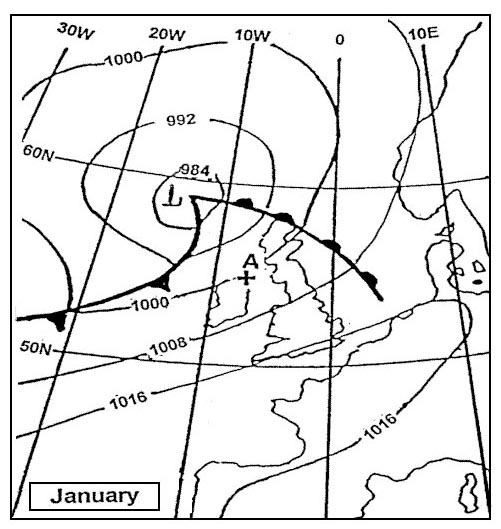 660 feet.
660 feet. Select from the map the average temperature for the route zurich rome at fl ?
Question 125-34 : 9°c 13°c 6°c +5°c
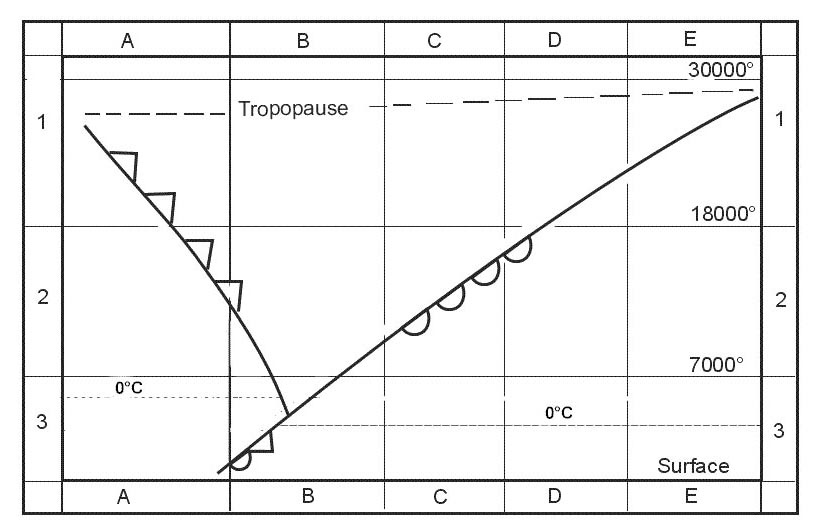 -9°c.
-9°c. Select from the map the average temperature for the route athens geneva at fl ?
Question 125-35 : 14°c 21°c 11°c 27°c
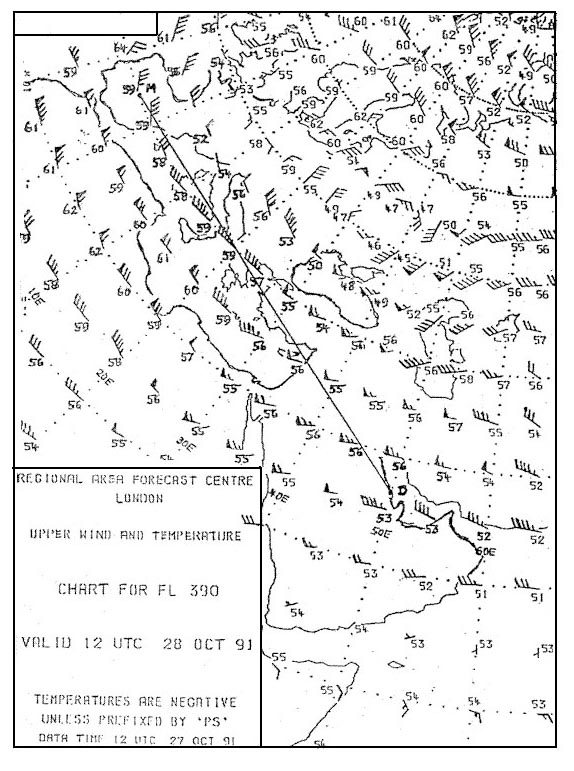 -14°c.
-14°c. What is the deviation of the temperature at fl 140 above copenhagen compared to ?
Question 125-36 : 8°c colder than isa 4°c warmer than isa 8°c warmer than isa 12°c colder than isa
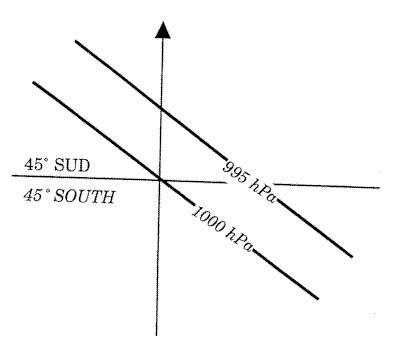 8°c colder than isa.
8°c colder than isa. Select from the map the average temperature for the route zurich lisboa at fl ?
Question 125-37 : 33°c 30°c 41°c 49°c
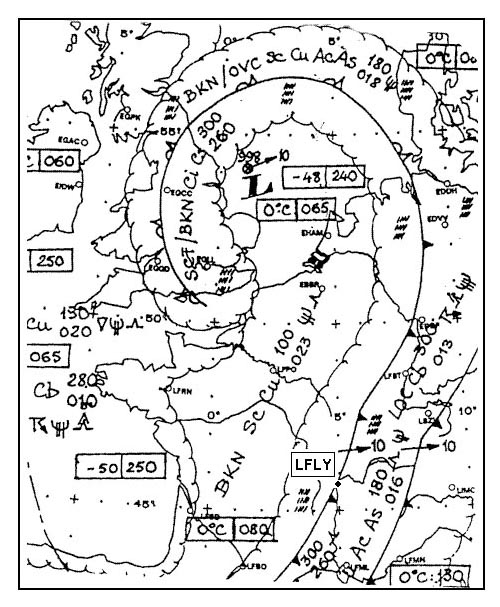 -33°c.
-33°c. Select from the map the average temperature for the route geneva stockholm at ?
Question 125-38 : 47°c 55°c 63°c 51°c
 -47°c.
-47°c. Looking at the chart at what altitude above frankfurt would you expect the ?
Question 125-39 : Fl 360 fl 410 fl 330 fl 390
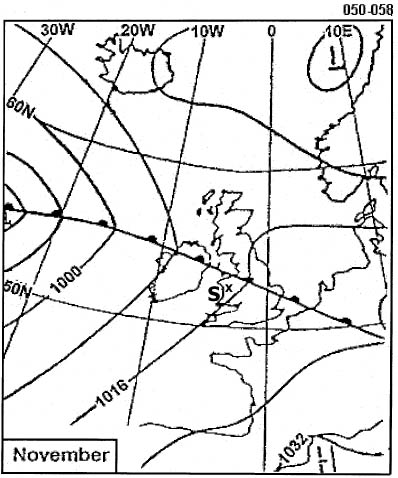 Fl 360.
Fl 360. If you are flying from zurich to shannon at fl 340 where will your cruising ?
Question 125-40 : Constantly in the stratosphere constantly in the troposphere first in the troposphere and later in the stratosphere in the stratosphere for part of time
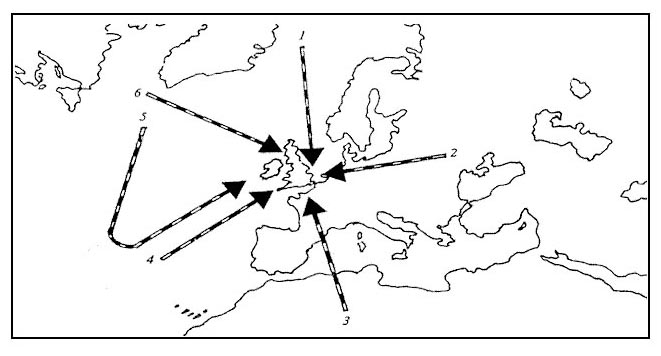 Constantly in the stratosphere.
Constantly in the stratosphere. ~
Exclusive rights reserved. Reproduction prohibited under penalty of prosecution.
4959 Free Training Exam
